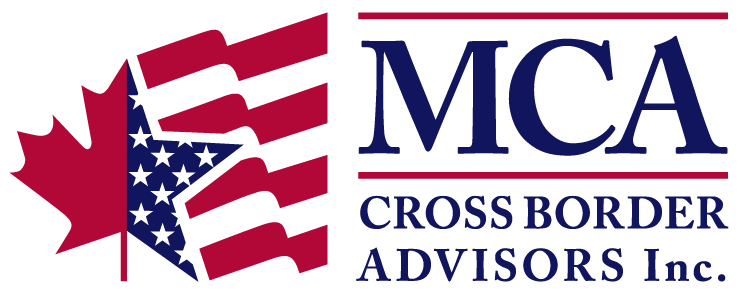The most popular visa for Canadian doctors moving to the US is the H-1B. The H-1B is a temporary employment visa that Canadian doctors can obtain to work, teach, or research in the US, or to participate in a training program like residency. The visa is initially issued for three years and can be extended for up to six years.
H-1B visas are currently capped on a yearly basis by United States Citizenship and Immigration Services (“USCIS”). USCIS also temporarily suspends premium processing of H-1B visas from time to time, which can significantly slow down the process of obtaining an H-1B visa. There may also be other difficulties in obtaining this visa. Nonetheless, the H-1B visa is commonly used by Canadian doctors to move to the US.
It is preferable to the J-1 visa, another popular visa which Canadian doctors typically obtain to complete US residencies or fellowships. The J-1 is much more restrictive than the H-1B as it expires upon completion of one’s medical training program; also, J-1 visa holders must generally return home to Canada for two years before returning to the US to work.
Doctors who move to the US on the popular H-1B visa must eventually turn their minds to staying in the US on a more permanent basis. To become a permanent resident of the US and acquire a Green Card, Canadian doctors moving south must find an employer willing to sponsor them for permanent residency.
Permanent residency is attractive as it allows Canadian doctors to remain in the US indefinitely, without facing the restrictions associated with the visas mentioned above. Moreover, by becoming a permanent resident, a Canadian doctor who moves to the US also ensures their eligibility for Medicare. Finally, permanent residency leads to US citizenship, which some Canadian doctors may ultimately desire.
